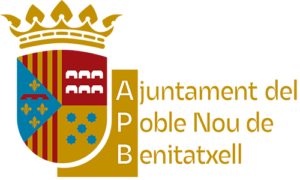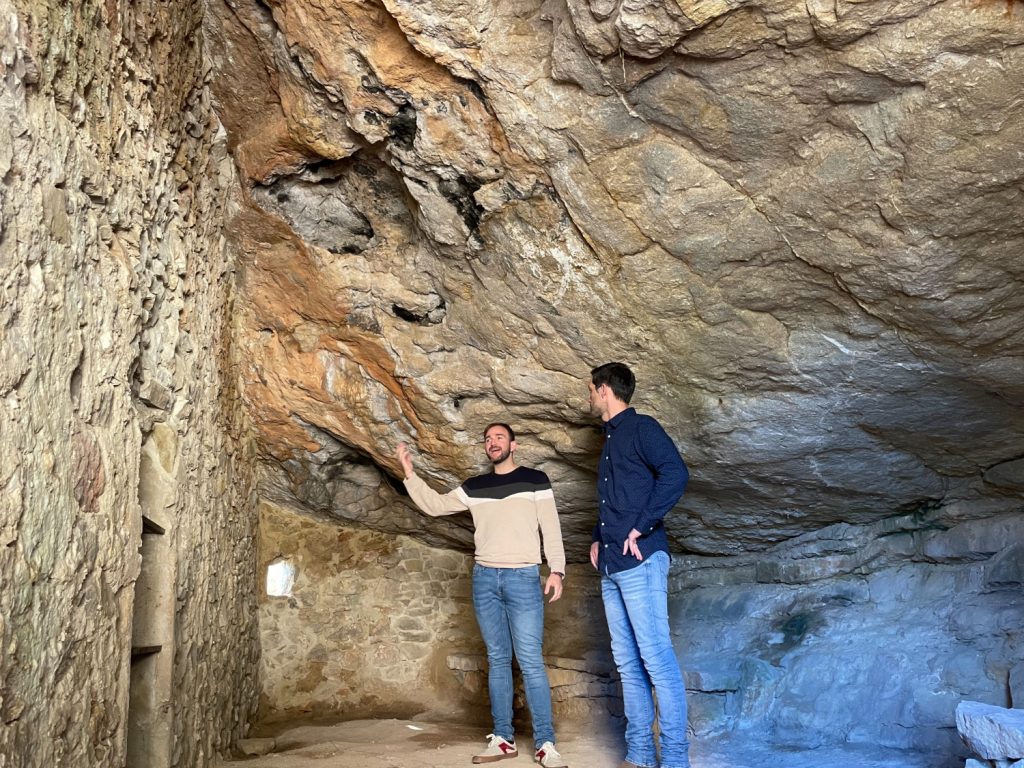- Very meticulous work has been carried out, which at all times has preserved the essence and original materials
- The Department of Culture and Heritage wants the cave and its treasures to be visited in person and virtually
The Cova de les Morretes del Poble Nou de Benitatxell is already a museum facing the sea. After the important finds of a 19th century treasure, the restoration work on the cave has finally been completed, located on the Ruta dels Penya-segats, in a privileged place that has one of the most spectacular views of the Alicante coast.
It was not clear when these cave houses were built, only the date of abandonment, around the 50-60s of the 20th century. It was thanks to the discovery of the treasure and other related coins that allowed archaeologists to date the beginning of occupation of these caves around the end of the 19th century. They served as a refuge for people of humble status who were dedicated to fishing and exploiting the surrounding terraces. As a complement to their precarious situation, they practiced smuggling, most likely tobacco.
The project, carried out by the company Arqueo Inventario SL, has involved meticulous work, which at all times has preserved the original essence and materials. The first phase of the project consisted of clearing the area, cleaning the cave and creating a 3D photogrammetric model and drone flight to recreate the space.
Then they began to rehabilitate the walls, the ceiling and the interior elements, such as the manger or the area of benches. The part of the roof attached to the bedrock was one of the most deteriorated. It had come loose due to water leaks, which were breaking down the lime mortar they had used to glue the stones together. This caused the cave wall to move and there were loose stones. Meticulously, the stones from the original construction were removed to be used again in the reconstruction, and then they were sealed with the same materials, in the case of the walls with lime mortar.
The interior stone benches were also restored with the original materials, one of them with the dry stone technique and another with the adobe technique, a mixture of mud, sand and plant fibers. Outside, the stone walls were rebuilt using the best materials, and the manger area and benches were restored.
The study of the manger has given a lot of information about the ceramics, since it was where the owner of the cave threw them when they broke. Many fragments have appeared and thanks to that, tableware with plates, basins and a basin has been identified. A study has also been carried out of the materials that have appeared on the exterior benches, which were used for storage. It is presumed that the animal, probably a donkey, ate carob and straw. Likewise, fragments of almond shells have been observed, so it can be assumed that the owner of the cave was dedicated to collecting almonds from the terraces, storing them there and taking them to the town with the animal. Another of the benches would have been used to store firewood.
To protect the interior of the cave, which the people making the route used to use as a toilet, it has been closed with a sturdy wooden door with two lintels. The door has a window with bars so that when it cannot be visited, it is possible to see the inside of the cave from the outside, as well as the elements that are going to be recovered or recreated: a restored cupboard, replicas of the ceramics that have been found in the intervention and the treasure of 68 coins.
The goal of the Heritage and Culture area is to make the cave a museum so that it can be visited in person and virtually, making it a place accessible to all people. “We want to preserve and protect this location and highlight the very important treasures that have been found thanks to the work of Arqueo Inventario professionals,” said councilor Víctor Bisquert.
To do this, the information panel will be updated and renewed in three languages (Valencian, Spanish and English), a plan of the cave, a photograph of the treasure and a QR code will be added to access the 3D model.
In addition, La Cova de les Morretes has been the subject of the innovative final degree project for Journalism 'Immersive archaeological experience in 360° video', in collaboration with the Miguel Hernández University.

